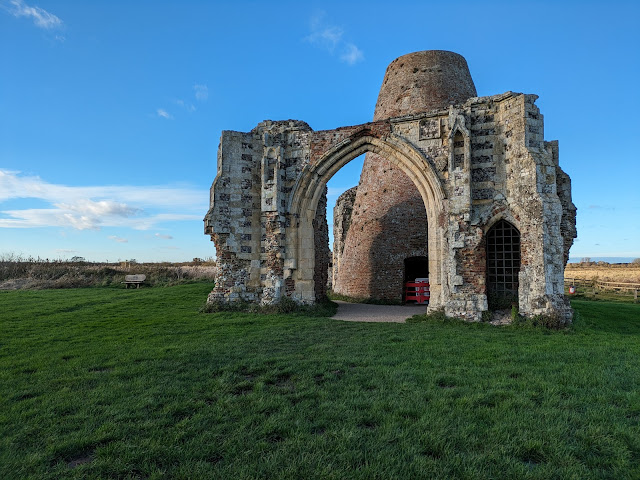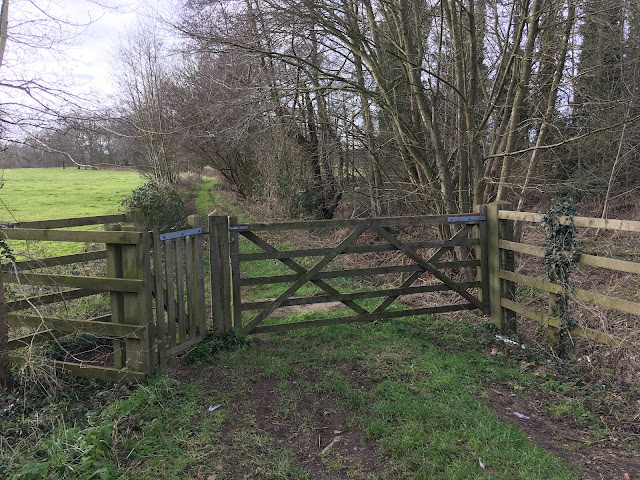Flixton in Loving Land
In 1630 the Rev’d Brisley preached at the rededication of St. Andrew’s, Flixton. He called his sermon, 'The Glory of the Latter Temple greater than the Former' .
When published in London in 1631 it carried a sub-title 'A Sermon preached at the Consecration or Restitution of the Church of Flixton, in Lovingland, Suffolk, being sometimes the Mother Church of the East Angles.'. The Glory has passed! All that is left are ivy clad ruins
When published in London in 1631 it carried a sub-title 'A Sermon preached at the Consecration or Restitution of the Church of Flixton, in Lovingland, Suffolk, being sometimes the Mother Church of the East Angles.'. The Glory has passed! All that is left are ivy clad ruins
I was following my St. Felix obsession. Was the farm, the ton, that bore his name – Flixton - once part of the saint’s estates? Had Felix’s feet walked these paths? and had he and his fellow monks worshipped on this hill?
Other visitors had noted Roman tiles in the crumbling walls. Were the tiles from Burgh Castle, the near by Roman fort, where Felix’s fellow missionary St. Fursey had his base? Now there’s a thought! . Fursey and Felix neighbours on what in the 7th century was an island at the mouth of the great estuary.
Lothingland we call the area but the Rev’d Brisley called it Lovingland !
That seems a more appropriate name . Out of love for God St. Felix left Burgundy and Fursey, Ireland to bring the Good News that in the Saxon tongue we called God-Spel!
That was long ago. So much has happened since. Viking raids! The Norman Conquest! The Black Death! Civil War! Industrial Revolution! World Wars! Today machines cultivate fields where men once followed ox drawn ploughs. Pylons march across the land carrying electricity from off-shore wind farms!
And to this day the conversion of the East Angles, which the saints began, has not been completed! Will those who take up the baton and (try) to follow in their footsteps find the challenge has lost anything of its urgency or the God-Spel/Gospel lost any of its power?
 I explored the network of paths between Oulton and the Blundeston /Oulton Road that meet at St. Andrew’s Church on a rise to the south of Home Farm. I parked on the road, walked up the farm drive – it doubles as a footpath - and turning right before reaching the house. At the top of the hill at the side of the track a fingerpost sends walkers on a circular path. Look on the opposite side of the track for the ruins.
I explored the network of paths between Oulton and the Blundeston /Oulton Road that meet at St. Andrew’s Church on a rise to the south of Home Farm. I parked on the road, walked up the farm drive – it doubles as a footpath - and turning right before reaching the house. At the top of the hill at the side of the track a fingerpost sends walkers on a circular path. Look on the opposite side of the track for the ruins.St. Andrew’s font stands outside the priests’ door of St. Mary, Blundeston







Comments